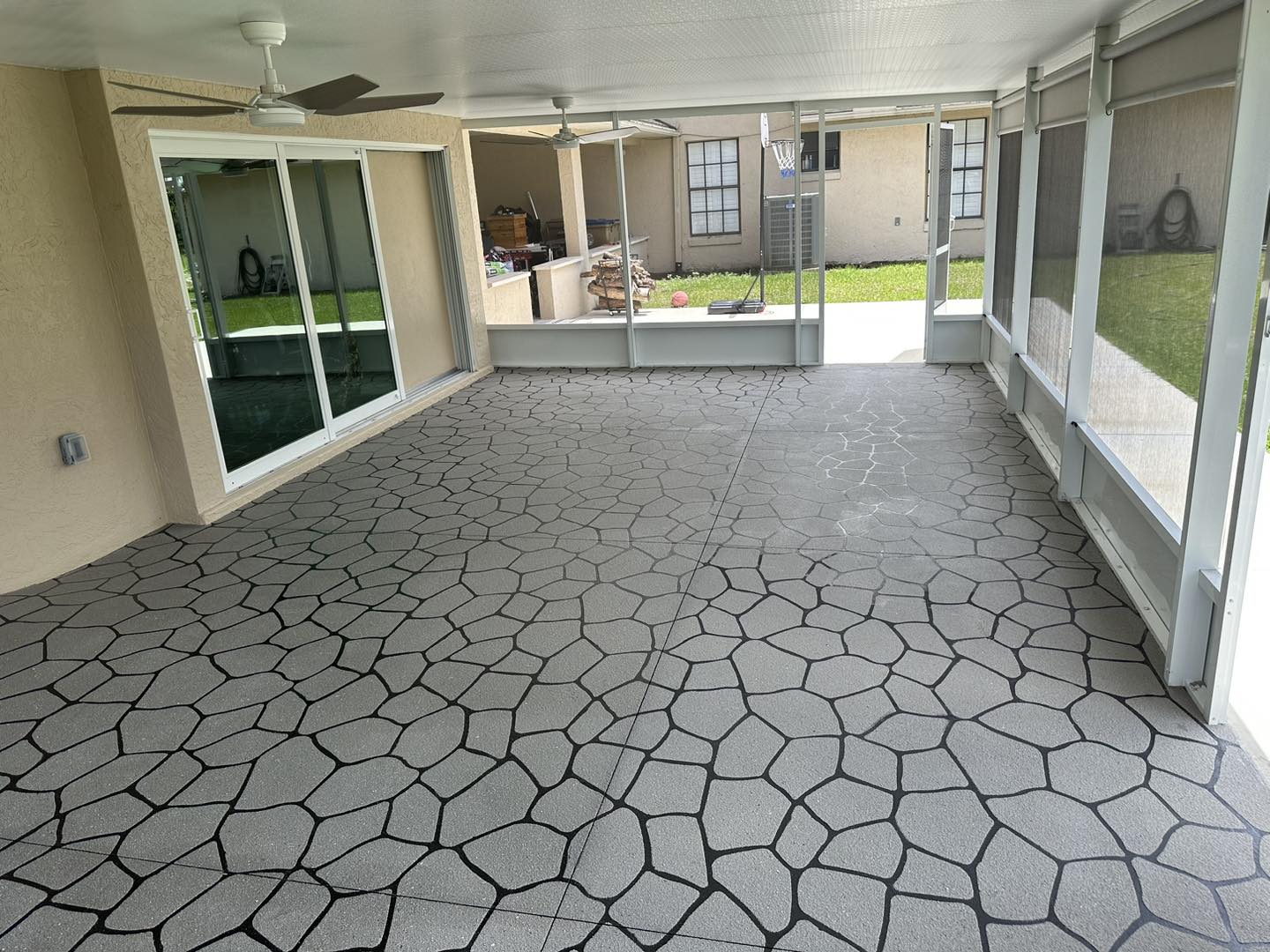
The Ultimate Guide to Maintaining and Sealing Your Concrete Surfaces Sep 27, 2025
Understanding the Importance of Concrete Maintenance
Concrete surfaces provide a robust foundation, but they're not immune to wear and tear. Environmental factors such as weather conditions, water exposure, and foot traffic can lead to cracking and surface erosion. Regular maintenance not only prevents degradation but also enhances the longevity and appearance of your concrete surfaces. By committing to a routine maintenance schedule, you safeguard your investment and save money on potential future repairs.
The Benefits of Sealing Concrete Surfaces
Sealing concrete is an effective method to protect it from moisture, chemicals, and other harmful substances. When you seal a concrete surface, you create a protective barrier that prevents water penetration and stains. This can be particularly beneficial in areas with frequent freeze-thaw cycles, where water infiltration can lead to cracks. A properly sealed surface can also offer a polished finish, making cleaning much easier and improving the overall aesthetic of your space.
Steps to Properly Maintain Concrete Surfaces
1. Regular Cleaning: Begin with removing debris and dirt through routine sweeping. For more stubborn stains, consider using a mild detergent and a brush with soft bristles. Avoid harsh chemicals that could damage the surface.
2. Inspect for Damage: Periodically check for cracks, chips, or other signs of wear. Early detection and repair are crucial in preventing further deterioration. Small cracks can often be repaired with a quality concrete patch.
3. Apply Concrete Sealer: Depending on the level of exposure and use, sealing should be done every 1-3 years. Before sealing, ensure the surface is completely clean and dry. Use a suitable concrete sealer recommended by professionals such as Absolute Grey's LLC. Follow the instructions carefully for the best results.
4. Preventative Measures: Place mats or rugs in high-traffic areas to protect the surface. This can also help reduce dirt build-up. Additionally, in colder climates, avoid using deicing salts which can damage unsealed concrete.
The Right Time for Sealing Concrete
Timing is crucial when it comes to sealing concrete surfaces. Ideally, new concrete should be sealed after it has cured, a process which takes about 28 days. For older surfaces, you should consider sealing before the onset of extreme weather conditions, like the particularly harsh winter months or rainy seasons, to ensure maximum protection.
Concluding Thoughts
Maintaining and sealing your concrete surfaces effectively extends their life and keeps them looking fresh and new. For homeowners who value their spaces, these practices are invaluable. Partnering with experienced professionals from Absolute Grey's LLC can give you peace of mind knowing that your surfaces are in expert hands. Regular maintenance, timely repairs, and proper sealing are not just tasks—they're the keys to a stunning and resilient environment.
By adhering to these guidelines, you’ll ensure that your concrete surfaces remain a lasting feature of your property, ready to withstand both the elements and the test of time. Remember, a little upkeep today can prevent major headaches tomorrow. For comprehensive service, trust the expertise of Absolute Grey's LLC.
/filters:no_upscale()/media/684f3990-634a-4dbd-a184-f939bc439232.jpeg)
/filters:no_upscale()/filters:format(webp)/media/a76e7d24-297b-4788-9503-1db53abf49f9.jpeg)